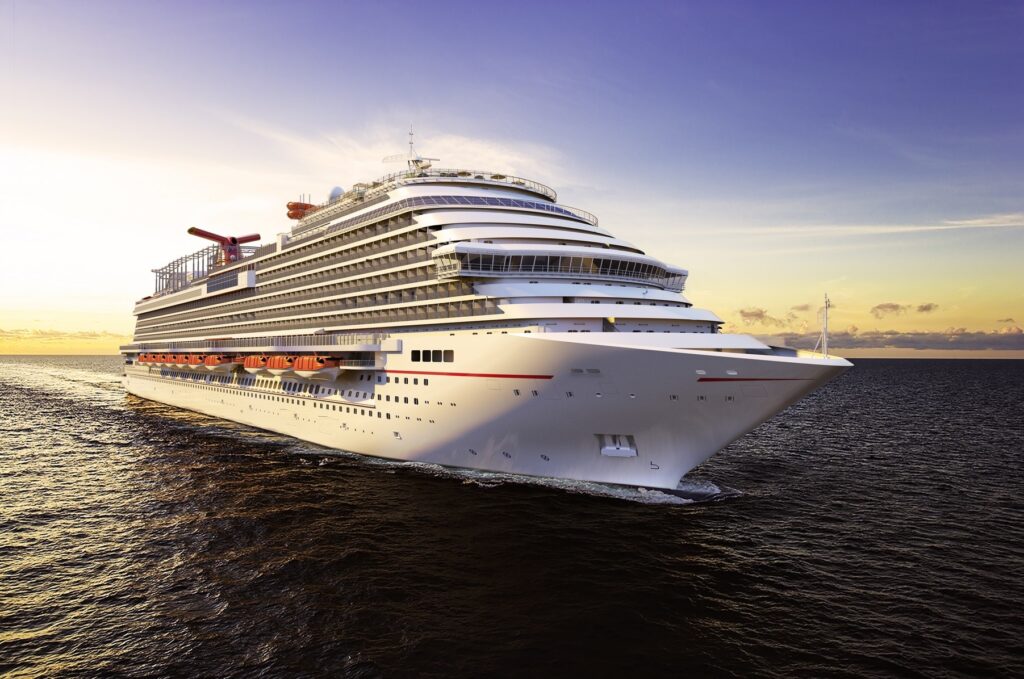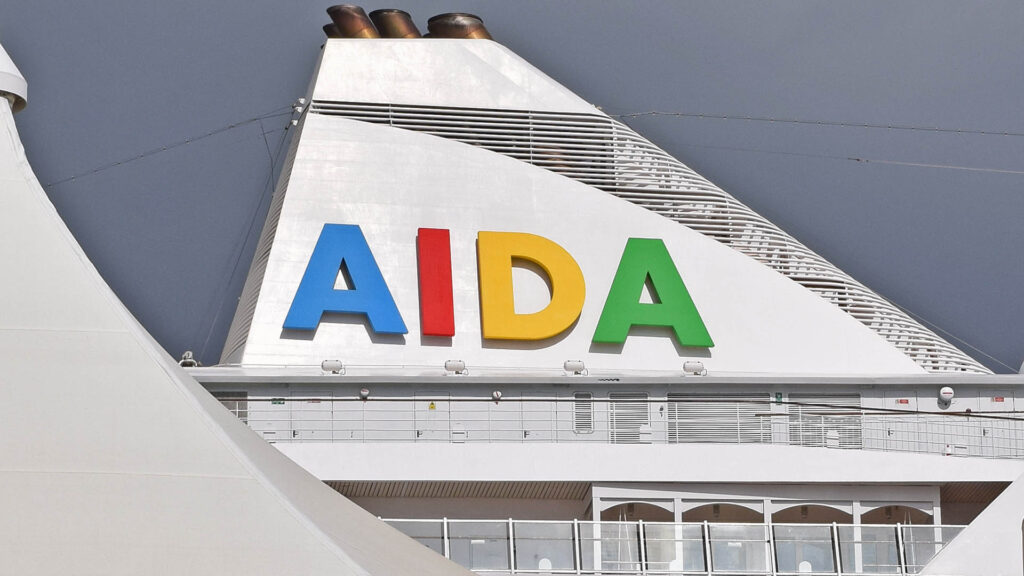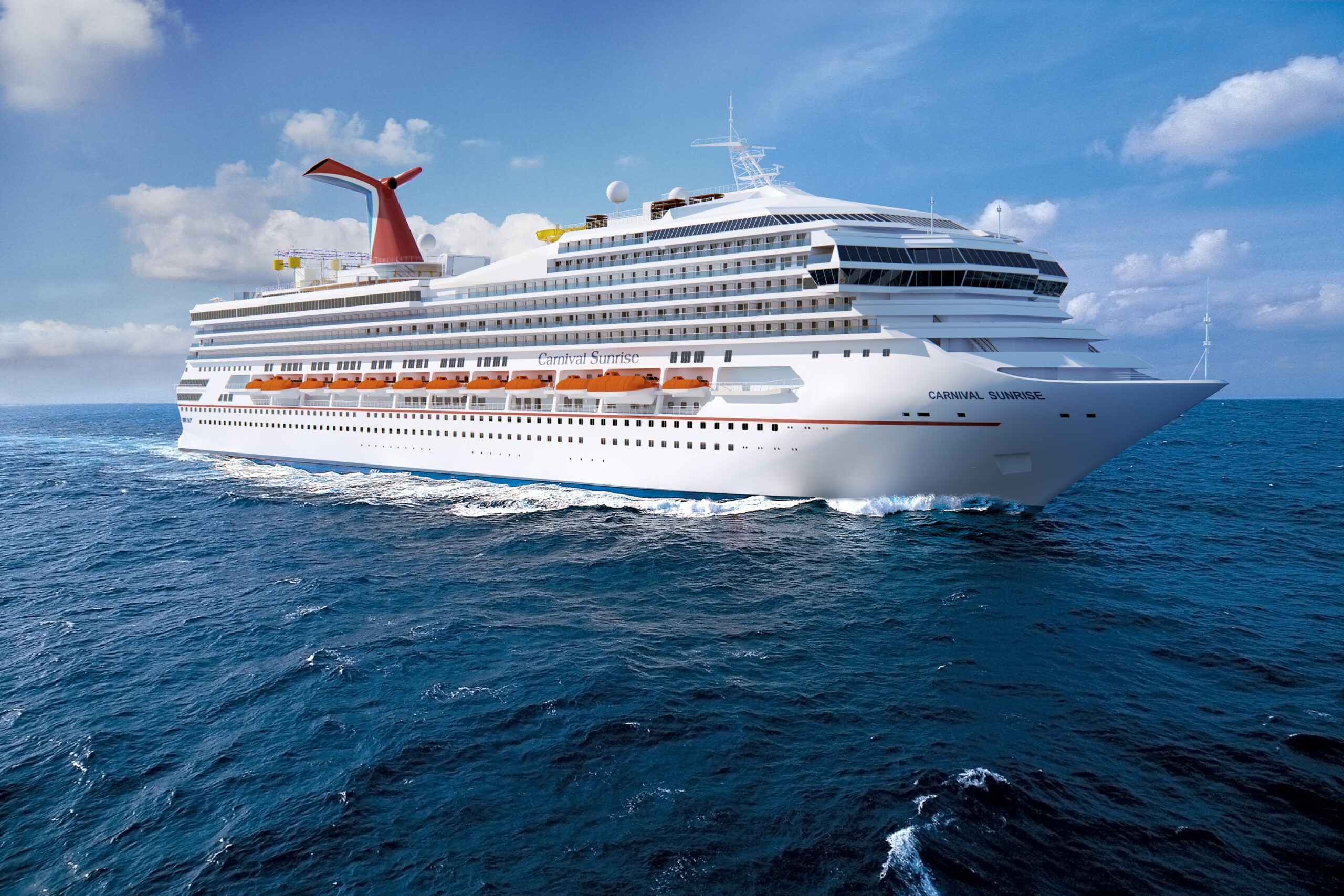Carnival Corporation & plc Provides a Business Update

Carnival Corporation & plc President and Chief Executive Officer Arnold Donald noted
“We have come full circle from initiating a suspension in the early days of the pandemic, to transitioning the fleet into a pause status, right sizing our organization and, now, embarking on the phased resumption of guest operations, underway in two of our world leading cruise brands, Costa in Italy and AIDA in Germany. We have accelerated the sale of less efficient ships, enabling us to capitalize on pent up demand on reduced capacity and structurally lower our cost base, while retaining our most cash generating assets. We are taking aggressive actions managing the balance sheet and reducing capacity to position us to weather this disruption and also emerge a leaner, more efficient company, reinforcing our industry leading position.”

Resumption of Guest Operations
In the face of the global impact of COVID-19, the company paused its guest cruise operations in mid-March. The company resumed limited guest operations last month, with Costa Cruises (“Costa”) successful voyages on two of its ships, Costa Deliziosa and Costa Diadema. The company is continuing the limited resumption of its guest cruise operations with sailings on additional Costa ships shortly, as well as with sailings on AIDA Cruises (“AIDA”) which are anticipated to begin next week. These brands are beginning the company’s anticipated gradual, phased-in resumption of guest cruise operations. The initial cruises will continue to take place with adjusted passenger capacity and enhanced health protocols developed with government and health authorities, and guidance from our roster of medical and scientific experts.
Other brands and ships are expected to return to service over time to provide guests with unmatched joyful vacations in a manner consistent with the company’s highest priorities, which are compliance, environmental protection and the health, safety and well-being of its guests, crew, shoreside employees and the people in the communities its ships visit. Many of the company’s brands source the majority of their guests from the geographical region in which they operate. In the current environment, the company believes this will benefit it in resuming guest cruise operations.

Health and Safety Protocols
Working with global and national health authorities and medical experts, Costa and AIDA have a comprehensive set of health and hygiene protocols to help facilitate a safe and healthy return to cruise vacations. Both brands are providing guests with detailed information about enhanced protocols, which are modeled after shoreside health and mitigation guidelines as provided by each brand’s respective country, and approved by the flag state, Italy. Protocols will be updated based on evolving scientific and medical knowledge related to mitigation strategies.
Costa is the first cruise company to earn the Biosafety Trust Certification from Registro Italiano Navale (“RINA”). The certification process examined all aspects of life onboard and ashore and assessed the compliance of the system with procedures aimed at the prevention and control of infections. Costa’s comprehensive set of measures and procedures implemented on the ships that resumed operations, cover key areas such as crew health and safety, the booking process, guest activities, entertainment and dining, and medical care on board, as well as pre-boarding, embarkation and disembarkation operations, which includes testing for all guests prior to embarkation.
The company is encouraged that the Centers for Disease Control’s (“CDC”) No Sail Order was extended by only one month to October 31, 2020, the same date as the industry’s end of voluntary suspension of passenger operations. For many months, cruise lines have worked with experts worldwide to develop unprecedented public health protocols and are hopeful these measures will lead to a gradual, phased resumption of cruising by the end of the year. There is constant dialogue ongoing in the United States for a potential cruise restart and the company is hopeful that the industry is in a position to collaborate with the CDC and administration to resume cruising from the United States this year.
More broadly, as the understanding of COVID-19 continues to evolve, the company has been working with a number of world-leading public health, epidemiological and policy experts to support its ongoing efforts with enhanced protocols and procedures for the return of cruise vacations. These advisors will continue to provide guidance based on the latest scientific evidence and best practices for protection and mitigation.
Optimizing the Future Fleet
The company expects future capacity to be moderated by the phased re-entry of its ships, the removal of capacity from its fleet and delays in new ship deliveries. Since the pause in guest operations, the company has accelerated the removal of ships in fiscal 2020 which were previously expected to be sold over the ensuing years. The company now expects to dispose of 18 ships, ten of which have already left the fleet. In total, the 18 ships represent approximately 12 percent of pre-pause capacity and only three percent of operating income in 2019. The sale of less efficient ships will result in future operating expense efficiencies of approximately two percent per available lower berth day (“ALBD”) and a reduction in fuel consumption of approximately one percent per ALBD. The company expects only two of the four ships originally scheduled for delivery in 2020, following the start of the pause, to be delivered prior to the end of fiscal 2020, including Enchanted Princess which was delivered last week. The company currently expects only five of the nine ships originally scheduled for delivery in fiscal 2020 and 2021 to be delivered prior to the end of fiscal year 2021. The company currently expects nine cruise ships and two smaller expedition ships of the 13 ships originally scheduled for delivery prior to the end of fiscal year 2022 to be delivered by then.
Based on the actions taken to date and the scheduled newbuild deliveries through 2022, the company’s fleet will be more efficient with a roughly 13 percent larger average berth size per ship and an average age of 12 years in 2022 versus 13 years, in each case as compared to 2019.
Update on Bookings
While the company believes bookings in the first half of 2021 reflect expectations of the phased resumption of its guest cruise operations and anticipated itinerary changes, as of September 20, 2020, cumulative advanced bookings for the second half of 2021 capacity currently available for sale are at the higher end of the historical range. The company believes this demonstrates the long-term potential demand for cruising. Pricing on these bookings are lower by mid-single digits versus the second half of 2019, on a comparable basis, reflecting the effect of future cruise credits (“FCC”) from previously cancelled cruises being applied. The company continues to take bookings for both 2021 and 2022.
The company is providing flexibility to guests with bookings on sailings cancelled by allowing guests to receive enhanced FCCs or elect to receive refunds in cash. Enhanced FCCs increase the value of the guest’s original booking or provide incremental onboard credits. As of September 20, 2020, approximately 45 percent of guests affected by the company’s schedule changes have received enhanced FCCs and approximately 55 percent have requested refunds.
Total customer deposits balance at August 31, 2020, was $2.4 billion, the majority of which are FCCs, compared to total customer deposits balance of $2.9 billion at May 31, 2020. The decline in customer deposits is consistent with previous expectations. As of August 31, 2020, the current portion of customer deposits was $2.1 billion with $0.1 billion relating to fourth quarter sailings. Approximately 60 percent of bookings taken during the three weeks ended September 20, 2020 were new bookings as opposed to FCC re-bookings, despite minimal advertising or marketing.
Recently, Yield Optimization and Demand Analytics (“YODA”), the company’s cutting-edge dynamic price recommendations and inventory management program, was selected as a finalist for an Operations Research award called the Franz Edelman. As a company focused on creating memorable experiences for its guests, it’s quite an achievement to be recognized as a finalist to this award alongside companies like Intel, IBM, and Walmart.
Increasing Liquidity
Carnival Corporation & plc Chief Financial Officer and Chief Accounting Officer David Bernstein noted, “As of the end of the Third Quarter, we had over $8 billion of available cash and additional financing alternatives to opportunistically further improve our liquidity profile. We have recently begun to optimize our capital structure with the early extinguishment of debt on favorable economic terms and the extension of debt maturities. In addition, with the re-launch of our fleet, we saw a good opportunity to improve our balance sheet with an equity offering. So last month we announced an at-the-market or ATM equity offering program. However, once we fully resume guest cruise operations, we expect our cash flow potential will build a path to further strengthen our balance sheet and return us to an investment grade credit rating over time.”
Due to the pause in guest operations, the company has taken significant actions to preserve cash and secure additional financing to increase its liquidity. Since March, the company has raised $12.5 billion through a series of financing transactions, including the following transactions since May 31, 2020:
- Borrowed an aggregate principal amount of $2.8 billion in two tranches under a first priority senior secured term loan facility on June 30, 2020.
- Issued $1.3 billion aggregate principal amount of second priority senior secured notes in two tranches on July 20, 2020.
- Entered into Debt Holiday amendments, deferring certain principal repayments otherwise due through March 2021. (Certain export credit agencies have offered a 12-month debt amortization and financial covenant holiday (“Debt Holiday”)).
- Completed a registered direct offering of 99.2 million shares of Carnival Corporation’s common stock and used the proceeds to repurchase $886 million of its 5.75% Convertible Senior Notes due 2023 on August 10, 2020.
- Issued $900 million aggregate principal amount of second priority senior secured notes on August 18, 2020.
- In September 2020 we entered into an equity distribution agreement with sales agents pursuant to which we may, from time to time, offer and sell shares of Carnival Corporation’s common stock having an aggregate offering price of up to $1.0 billion through the sales agents (the “ATM Offering”). As of October 2, 2020, we sold 23 million shares for net proceeds of $352 million under the ATM Offering.
- In September 2020, we borrowed $610 million under an export credit facility.
As of August 31, 2020, the company has a total of $8.2 billion of cash and cash equivalents.
Currently, the company is unable to predict when the entire fleet will return to normal operations, and as a result, unable to provide an earnings forecast. The pause in guest operations continues to have a material negative impact on all aspects of the company’s business, including the company’s liquidity, financial position and results of operations. The company expects a net loss on both a U.S. GAAP and adjusted basis for the quarter and year ending November 30, 2020.
The company’s monthly average cash burn rate for the third quarter 2020 was $770 million, which was in line with the anticipated monthly cash burn rate. The company expects the monthly average cash burn rate for the fourth quarter of 2020 to be approximately $530 million. This results in an average monthly burn rate for the second half of the year of $650 million as previously disclosed. This rate includes approximately $250 million of ongoing ship operating and administrative expenses, working capital changes (excluding changes in customer deposits), interest expense and committed capital expenditures (net of unfunded export credit facilities) and also excludes scheduled debt maturities as well as other cash collateral to be provided. The company continues to explore opportunities to further reduce its monthly cash burn rate.


